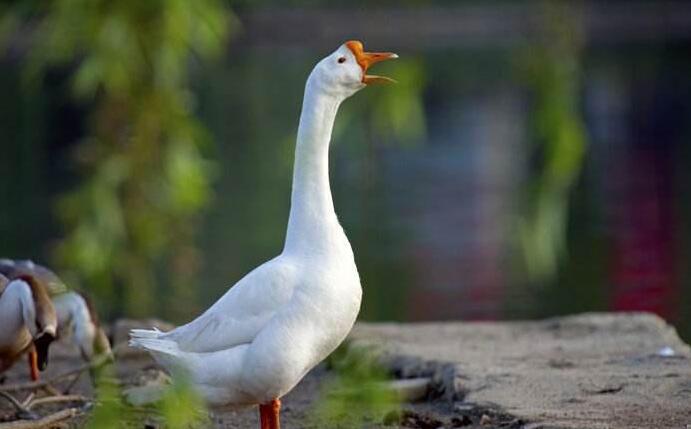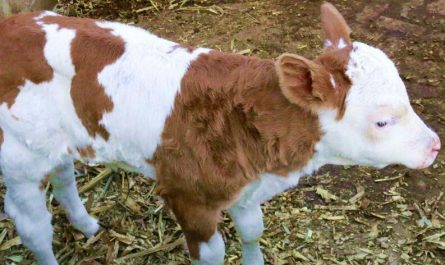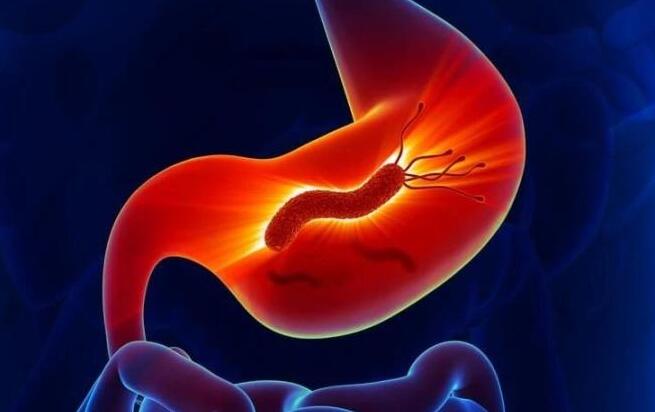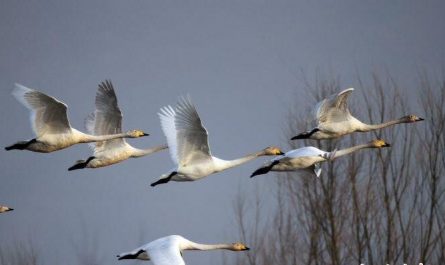The main reason why snakes are afraid of geese
Because the dung of the goose contains a substance called realgar or sulfur, if the snake is touched, it will start to rot in the place where it is touched, and gradually expand to other parts of the body, until the whole body of the snake is rotted. And there is no way for snakes to treat this in time. It is useless to use any method. Once the snake gets on the goose dung, it means death. So the snake is afraid of seeing the goose
Goose is very aggressive, and anyone who has raised geese knows that geese keep the house. Especially the big male goose will actively attack strangers or other creatures. The weasel is no match for the goose at all. The big white goose can not only look after the home like a dog, but also a natural enemy of the weasel. It is said that the weasel is afraid of the excrement of the goose and will fester if it accidentally sticks to the body. The most dangerous part is the sole of the weasel. However, the feces of geese and other birds are indeed more acidic, but it will not cause the weasel’s feet to rot.
In fact, snakes stay away when they smell a certain smell. It is entirely possible to raise geese to prevent snakes. The neck of the goose is long, and the snake cannot bite the goose. The goose can attack the snake with its hard mouth. The smell of goose dung also makes the snake scared. Weasels generally only dare to attack smaller chickens or birds, but are more afraid of larger birds. The goose is larger and fierce. When you see a weasel, it will peck at it. The call of the goose also makes the weasel more afraid. Therefore, raising geese is a better way to prevent the weasel.
Types of snakes
There are about 3000 kinds of snakes in the world today, among which there are more than 650 kinds of snakes. There are 216 species of snakes in China and 65 species of venomous snakes.
Individual snakes vary greatly. The blind snakes distributed on the islands of Martinia and Barbados in the Caribbean Islands are the shortest non-venomous snakes in the world.
9 cm long, the longest is 11.94 cm. The largest venomous snake is the King Cobra, which is more than 5 meters long. The pythons distributed in Southeast Asia, Indonesia and the Philippines are generally more than 5 meters long, and the longest can reach about 10 meters. Anacondas in South America are larger, weighing about 200 kg. The largest python on record is the reticulated python caught in Indonesia, 14.85 meters long and 447 kilograms in weight, named “Osmanthus”. The most venomous snake among the terrestrial snakes in the world is the fine-scaled Taipan snake (commonly known as the inland Taipan snake). Its venom toxicity ranks first, and it is the out-and-out king of snakes. There is also a kind of snake called Coastal Climbing Snake in the world. Many people mistakenly think that Coastal Climbing Snakes are more powerful, but it is not the case at all. Coastal Climbing Snakes are slightly more toxic than those with fine scales. .
In early September 1989, the genus “Qinglong” was found in the Mangshan area of Yizhang, Hunan, China. It was named “Mangshan Ironhead Snake”. It has now been renamed as Mangshan Original Spearhead. Only a few hundred remain. Articles can be called a generation of “national treasures.” In fact, there are many snakes in our country that are rarer than Mangshan Iron Head. But now the value is not as exaggerated as the news. You can buy a few wild ones at 10,000 yuan, but the value is not linked to rarity.
Introduction of Goose
Life habits
The ancestor of the domestic goose was the wild goose, which was domesticated by humans about three to four thousand years ago. Breeding all over the world. Feeding on grass, cold tolerance, gregariousness and strong disease resistance. It grows fast and has a longer life span than other poultry. The weight is 4-15kg, and the incubation period is one month. Inhabits near ponds and other waters and is good at swimming.
Breeding technology
Goose is an omnivorous poultry with a digestibility of 40% to 50% of crude fiber from grass, so it is called “grass for fat goose”. From the biological point of view of geese, the muscular stomach pressure of geese is 0.5 times greater than ducks and 1 time greater than chickens. It can effectively lyse plant cell walls and is easy to digest. In addition, the digestive tract of the goose is 10 times longer than the body, while the chicken is only 7 times longer. In addition, the alkaline environment in the small intestine of the goose can dissolve the fiber, so the goose has a particularly strong ability to absorb nutrients from the forage. Forage grass has high nutritional value, coupled with the supplementary feeding of compound feed, and comprehensive nutrition, making the development of grass-growing and raising goose a good way for farmers to get rich with low investment, short cycle, high yield.






